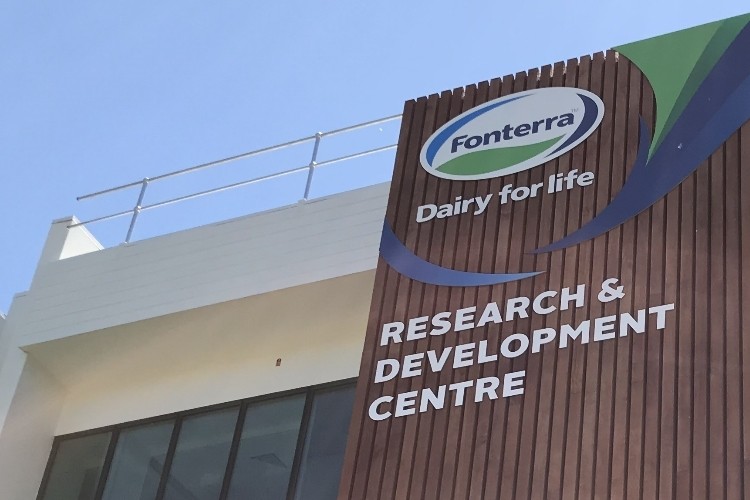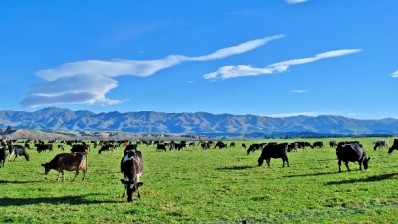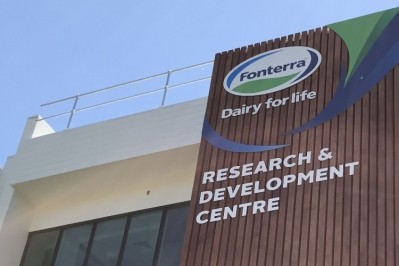Independent report says Fonterra should use higher asset beta

The cost of financing (also known as the cost of capital) feeds into the calculation of the milk price Fonterra pays its farmers. The Commission administers a milk price monitoring regime under the Dairy Industry Restructuring Act (DIRA) as Fonterra has market power over the purchase of farmers’ milk.
The report has been written by CEPA, in collaboration with Freshagenda, who bring specialist knowledge of the international dairy industry.
It looks into whether Fonterra’s approach to estimating the asset beta used in calculating the financing costs in its milk price model is consistent with the DIRA. The asset beta reflects the extent to which the assets associated with processing milk are more or less risky than the stock market as a whole.
Asset beta
Asset beta, also known as unlevered beta, measures how volatile the underlying business is without considering capital structure. This beta allows investors and analysts to find an optimal capital structure by finding the average asset beta in the industry, and then "re-levering" it with the company's capital structure.
It is used to measure the risk of a security minus the company’s debt.
Asset beta takes out the impact of a company’s debt. As this results in a figure lower than levered beta, it is more accurate in measuring its volatility and performance in the market as a whole.
Lower than other processors
CEPA and Freshagenda concluded the evidence from comparable companies suggests that a higher asset beta should be used.
“While our recent reviews have found the way Fonterra sets its milk prices is largely consistent with the DIRA, we continue to be concerned that Fonterra has not provided sufficient evidence to support using an asset beta lower than that of comparable processors,” Commission deputy chair Sue Begg said.
Purpose of milk price monitoring regime
The purpose of the milk price monitoring regime is to incentivize Fonterra to operate efficiently while providing for contestability in the market for the purchase of farmers’ milk. The regime exists because there is not a competitive market for the purchase of farmers’ milk.
The regime also provides transparency of information about how Fonterra sets the farm gate milk price and gives independent processors greater confidence that the price reflects market prices for commodities and efficient costs of collecting and processing milk.
Under the regime, the Commission must review Fonterra’s Milk Price Manual and the base milk price calculation each dairy season.








